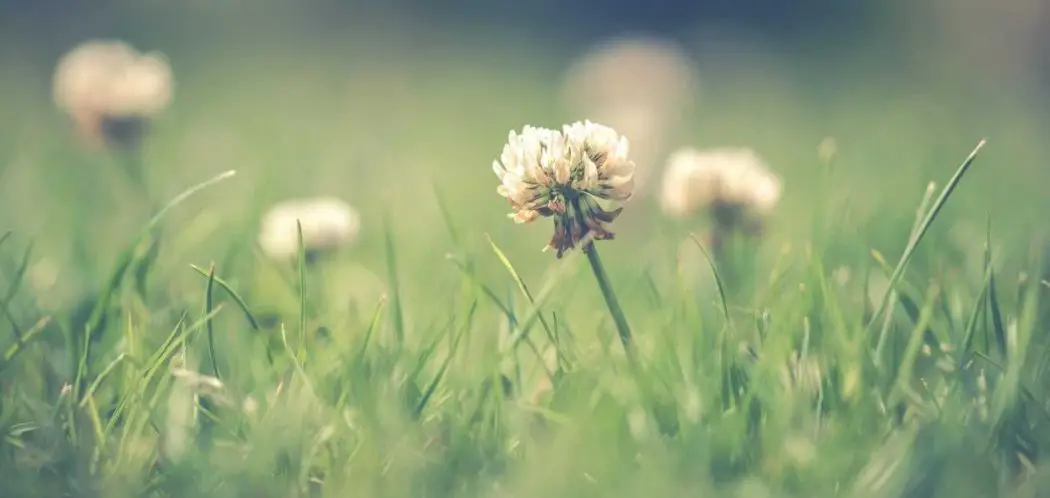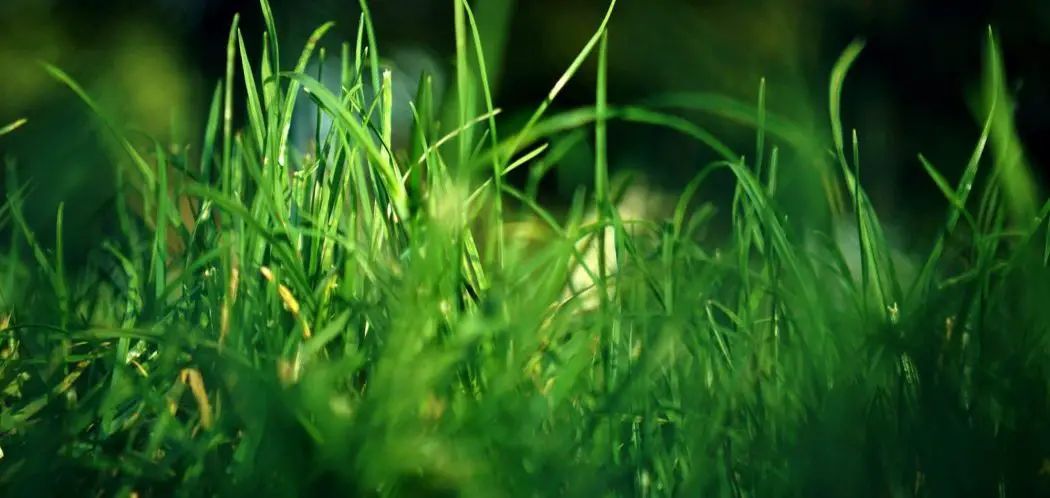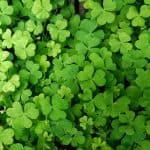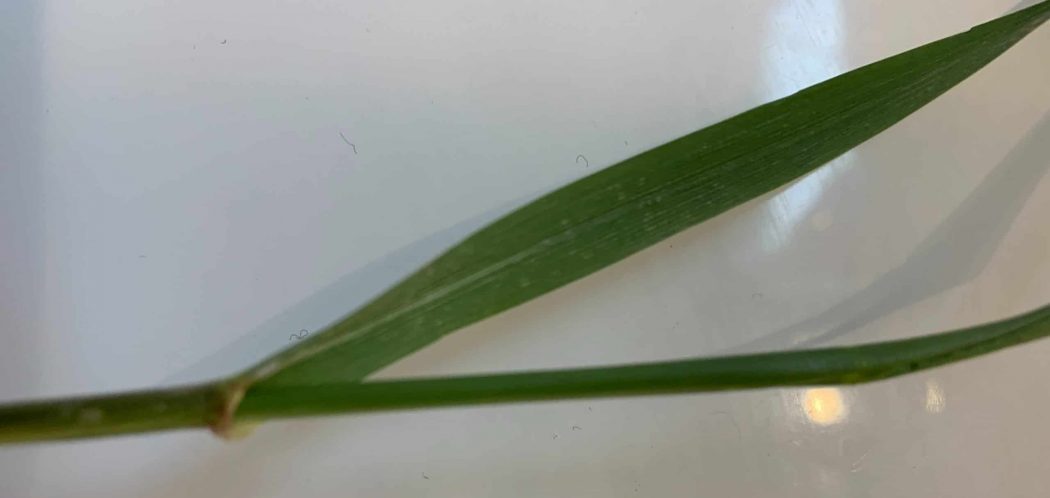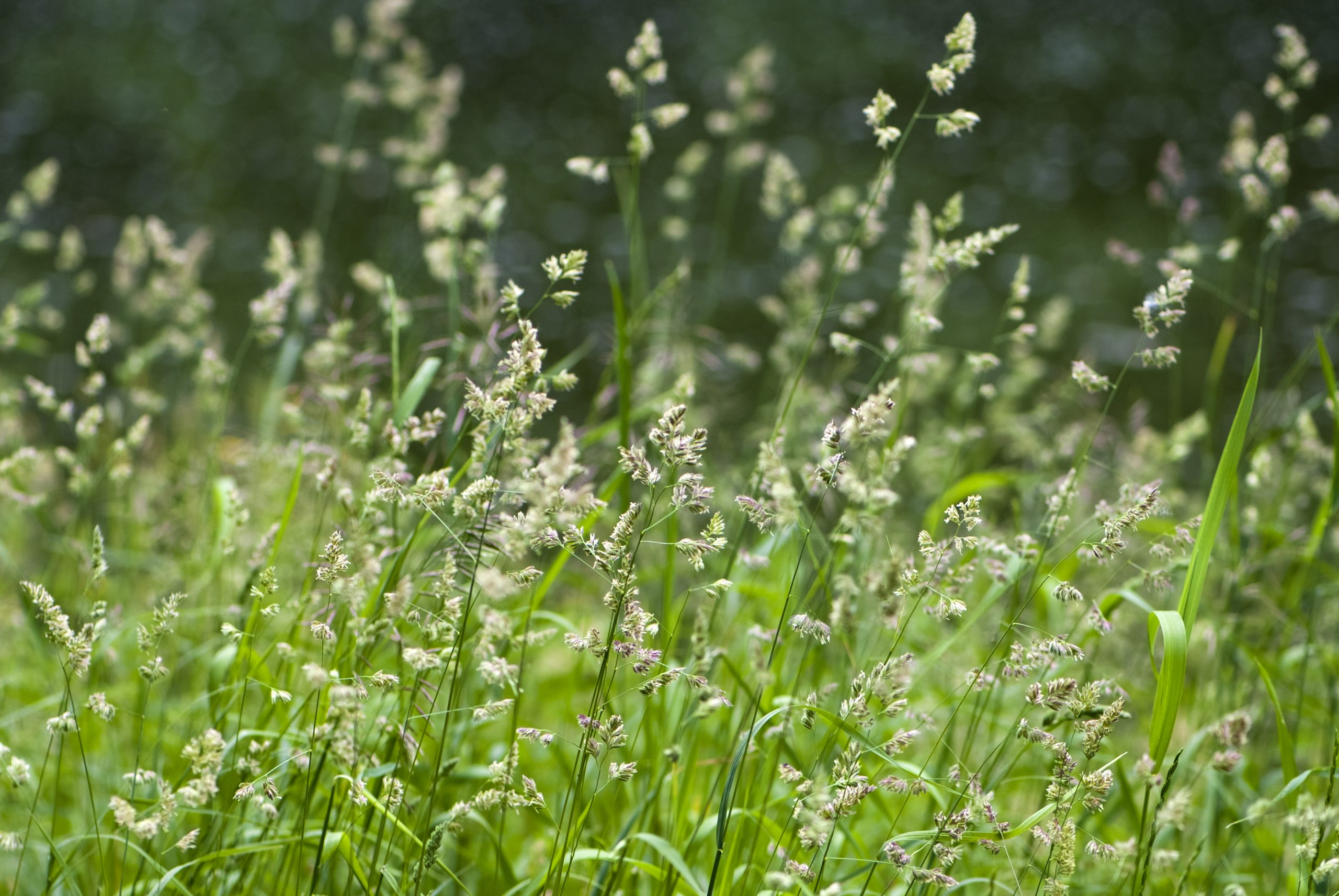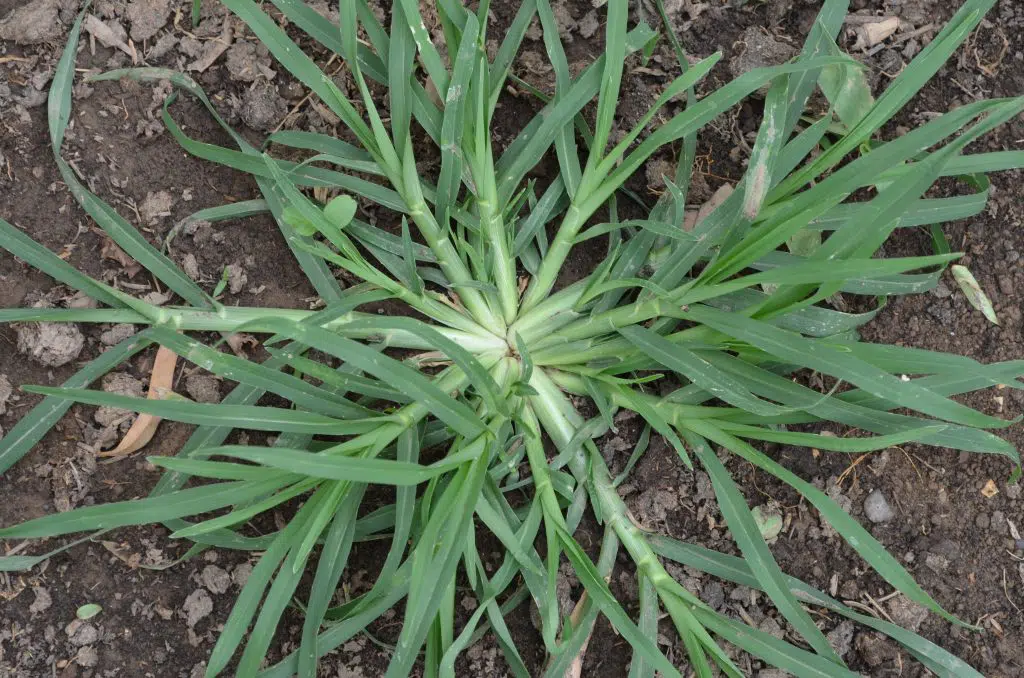
When you come across a weed, it can sometimes be hard to identify. Is it something you can get rid of quickly, or is it something that is going to be difficult to remove?
One of these weeds that is easy to confuse is goosegrass (Eleusine Indica) which is a summer annual weed that tends to start germinating once the temperature of the soil reaches around 60 degrees.
Did you know a single goosegrass weed can produce up to 50,000 seeds? You need to identify goosegrass correctly so you control it and avoid it from overtaking your lawn.
Let’s take a look at some of the identifiers of goosegrass.
What Does Goosegrass Look Like?
What does goosegrass look like? Goosegrass has long green shoots that extend from the center in a wheel shape. You will notice that it has prostate growth, and it is white in the center. Once it grows, it is between half an inch and two feet tall, and it resembles crabgrass.
Five Things to Look for in Identifying Goosegrass
- Wagon-Wheel Appearance: Goosegrass grows with prostrate shoots that come out of a white center, so it resembles a small wheel of grass in the yard.
- High-Traffic Areas: It also grows in high traffic areas where the soil is more compact.
- Size of Shoots: Goosegrass can reach lengths of 1.2 inch up to two feet. If it is untreated, it will continue to grow throughout the season.
- Tufted Base: Unlike crabgrass and other weeds, goosegrass is tufted at the base and has many protruding culms that have alternate leaves.
- Seedhead with Three to Seven spikes: They are located at the tip of the stalk for the seeds, and they hold the seeds on the spike in a zipper form.
Features of Goosegrass
Shoots
First, it has flat shoots that are prostrate, and this helps it evade mowing. The center is a white or silver color, and it resembles a wagon wheel. People are able to identify it when they see the shape and color of the weed.
No hair on the upper surface of the leaves
Another identifier is that unlike crabgrass, goosegrass doesn’t have hair on the upper surface of the leaves. It also has a later growing season, as it can germinate and grow through the summer and into the fall.
Stems grow from one common root
The goosegrass has a lot of stems that grow from one common root. The root is in a rosette, and the base is silver or white. It has dark green leaves that are either flat or folded a little bit. It can grow from half an inch to two feet tall. When it grows seeds, they look similar to a zipper on the end of the leaf.

Flowers
In the late summer to the early fall, it can have white flowers bloom. They will have four petals. Goosegrass will appear when you have compacted soil, or when you have areas of the lawn that suffer from heavy traffic. It can withstand moving because it lays flat on the ground. The best identifier is its shape and its color.
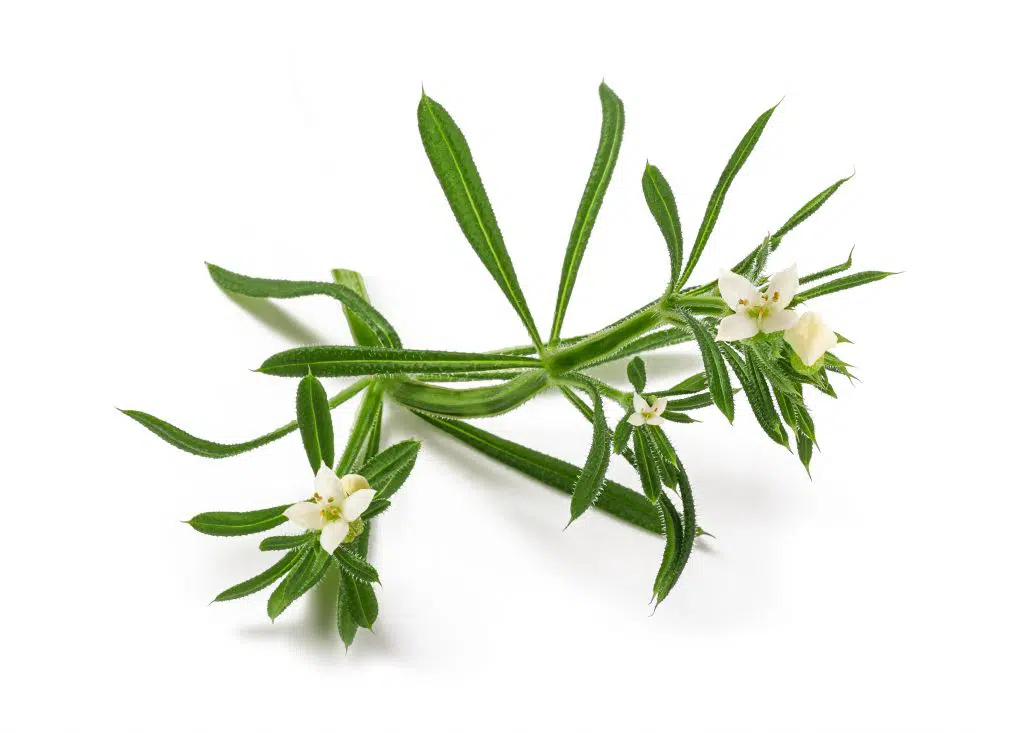
What Does the Goosegrass Seed Head Look Like?
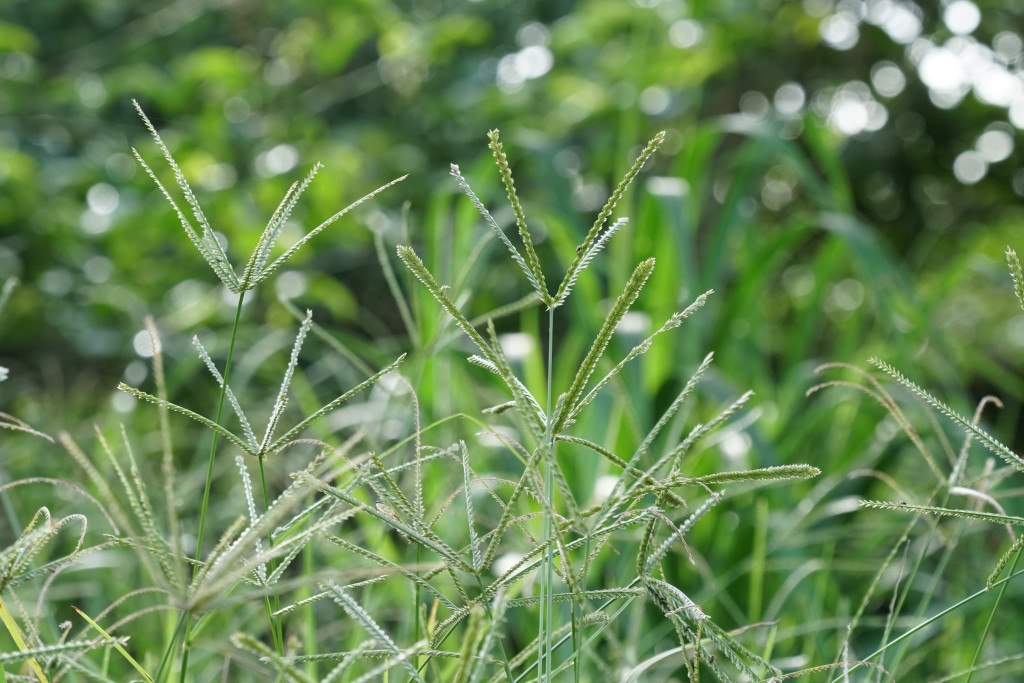
The goosegrass seed heads have three to seven spikes at the top of the stalk.
Goosegrass Coloring
The shoots from goosegrass are green, but they have a base that is white or silver. This whitish or silver area at the bottom of the stems and in the center are one of the distinguishing features of goosegrass. The shoots are a lighter green, but the leaves are dark green. It is darker than crabgrass, and its coloring helps people identify it.
The white or silver center is the best feature that allows you to identify goosegrass. Other similar grassy weeds have a green center or a darker red or purple colored center, so you can identify them by looking at the coloring.
When Are You Likely to See Goosegrass?
Goosegrass is a summer annual. It will grow in areas where the grass is not as full.
Goosegrass is a weed that is often found in turfgrass that is mowed short and experiences high traffic and use. It often shows up when the soil is compacted and has poor drainage.
It thrives if it has water and light, and it’s is a weed that competes with both your warm season and cool season grasses.
Goosegrass can survive in both wet and dry conditions. It often grows when the area experiences high traffic.
It loves the warmer climates, and it needs the soil to be between 60 and 65 degrees. It will be more prominent in areas where the ground warms up quickly, such as by walkways and driveways.
Goosegrass is native to Europe and Asia, but it has traveled and can be found all over the world. It will continue growing until the first frost comes along and kills it. It is commonly seen later in the season, in the summer months, and it will germinate and grow into the fall.
Goosegrass can grow in a range of conditions, and it can handle environmental changes.
It is spread by seeds that will germinate later in the year, including the late summer and early autumn. On short lawns, it is easier to see because of its wheel-like appearance.
Other Weeds That Resemble Goosegrass
Goosegrass isn’t the only grassy weed that can grow in your yard.
Here are some weeds that can look similar to goosegrass…
Crabgrass
It is commonly mistaken for crab grass because they are similar. Crabgrass is also an annual grassy weed, and it germinates in the spring and early summer. Unless you remove it, it will stay until the frost comes and kills it. There are two common forms of crabgrass, which are large crabgrass and smooth crabgrass.
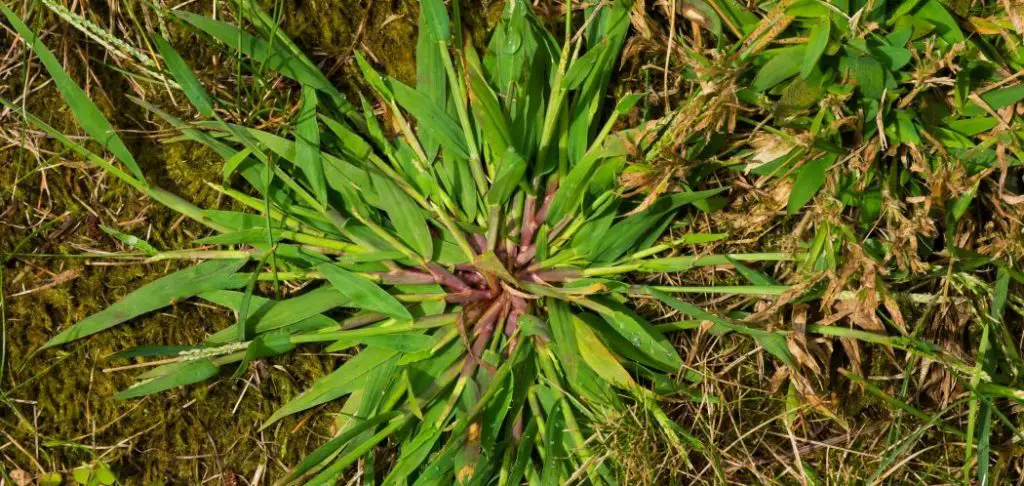
Crabgrass germinates a few weeks before goosegrass, and one plant can produce up to 150,000 seeds.
How to Tell the Difference Between Goosegrass and Crabgrass
The main way to tell the difference is that goosegrass has a white or silver center, while crabgrass is usually green throughout the entire plant although it can have a purple color towards the base. Large crabgrass can’t handle mowing, but smooth crabgrass can survive it, similar to goosegrass.
Nutgrass
Another grassy weed is nutgrass. It doesn’t have the white or silver center, and it grows tall and rises above the grass. You have to pull this one out at the base, otherwise more will grow. It is a perennial weed that will come back each season.
Carpet Grass
Tropical carpet grass is also hardy and dense, and it grows in patchy areas of the lawn. It is best known for growing runners, and it is bright green with some purple and red colors at the base. It is known to be a grassy weed.
Once you know what to look for with goosegrass, you can tell the difference. There are quite a few grassy weeds, and they will take over your lawn rapidly if you don’t pay attention and control them as soon as they start growing.
Final Words
Goosegrass is an invasive weed that can take over your lawn. It thrives in compacted soil, and it prefers warm temperatures. It starts to grow in high traffic areas when the soil is between 60 and 65 degrees.
You can identify it by looking at the leaves and the center. It has green shoots that grow out from a white or silver center, and the shoots lay prostrate on the ground. It is also tufted at the base, and it has three to seven spikes at the end of the seed stalk.
It can survive mowing, so you will need to find another way to control it. Once you understand how to identify it, you will be able to spot it if it appears in your yard.


